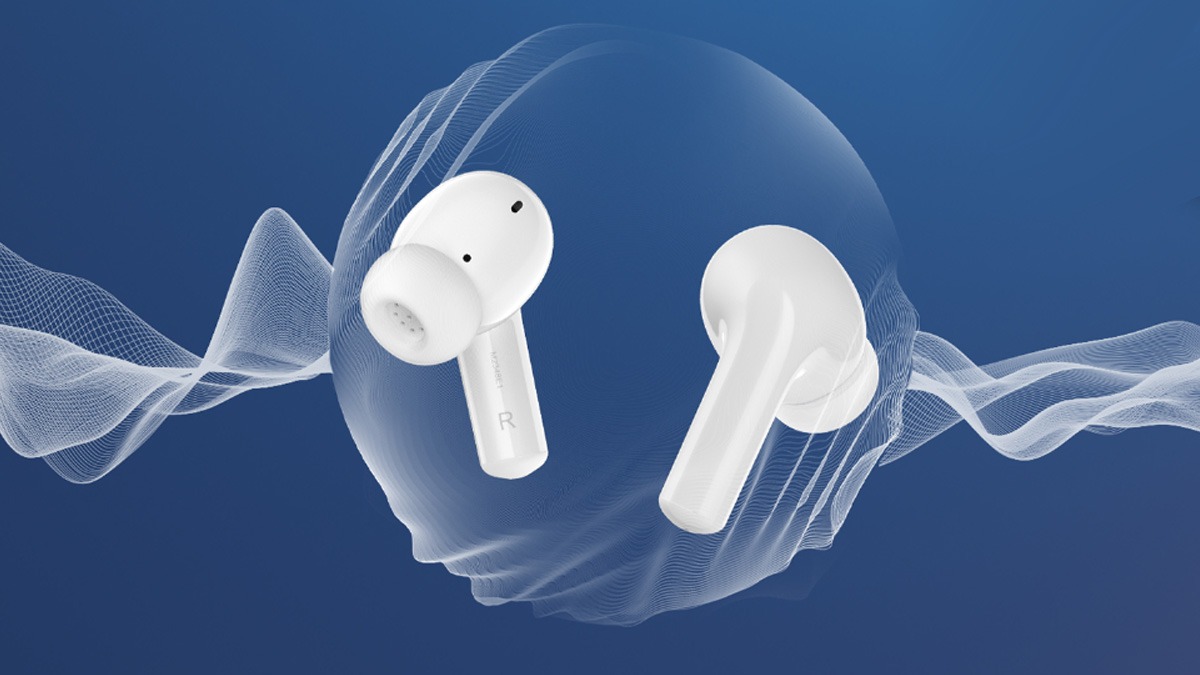Just In
- 14 hrs ago

- 15 hrs ago

- 16 hrs ago

- 16 hrs ago

Don't Miss
- Sports
 Most Sixes in IPL 2024: Top 10 Players And Teams To Hit Most Sixes As Of April 20
Most Sixes in IPL 2024: Top 10 Players And Teams To Hit Most Sixes As Of April 20 - Finance
 2:1 Bonus Issue: IT Penny Stock Turned; 1,600 Shares Market Lot Size Revised To 4,800 Shares
2:1 Bonus Issue: IT Penny Stock Turned; 1,600 Shares Market Lot Size Revised To 4,800 Shares - Movies
 Bigg Boss Malayalam 6 Voting Trends: Saranya, Sreerekha or Jaanmoni; Who Will Get Least Votes On Mohanlal’s Sh
Bigg Boss Malayalam 6 Voting Trends: Saranya, Sreerekha or Jaanmoni; Who Will Get Least Votes On Mohanlal’s Sh - Lifestyle
 Golden Rules To Follow For Happy Marriage For A Long Lasting Relationship
Golden Rules To Follow For Happy Marriage For A Long Lasting Relationship - News
 Chinese President Xi Jinping Orders Biggest Military Reorganisation Since 2015
Chinese President Xi Jinping Orders Biggest Military Reorganisation Since 2015 - Education
 Exam Pressure Does Not Exist; Studying Punctually is Crucial; Says Aditi, the PSEB 2024 Topper
Exam Pressure Does Not Exist; Studying Punctually is Crucial; Says Aditi, the PSEB 2024 Topper - Automobiles
 Suzuki Swift Hatchback Scores 4 Star Safety Rating At JNCAP – ADAS, New Engine & More
Suzuki Swift Hatchback Scores 4 Star Safety Rating At JNCAP – ADAS, New Engine & More - Travel
 Journey From Delhi To Ooty: Top Transport Options And Attractions
Journey From Delhi To Ooty: Top Transport Options And Attractions
New technology will predict droughts, bushfires five months in advance
The new technology will help prepare for the calamity.
Recent research suggests that scientists will be able to predict the droughts several months ahead of occurrence. Scientists from The Australian National University (ANU) have developed a new technology that allows them to predict droughts and bushfire up to five months in advance.

The team of scientists used data sent from multiple satellites to measure water below the Earth's surface with high precision. This helped them determine the impacts on the vegetation several months after the drought.
"The way these satellites measure the presence of water on Earth is mind-boggling," said Tian, lead author of the study. The findings were later published in the journal of Nature Communications.
"We've been able to use them to detect variations in water availability that affect the growth and condition of grazing land, dryland crops, and forests, and that can lead to increased fire risk and farming problems several months down the track," he explained.
The researchers combined the data with a computer model that simulates the water cycle and growth of vegetation, allowing them to determine the water distribution below the surface and its impact on the growth of plants months later.
"We have always looked up at the sky to predict droughts - but not with too much success," said van Dijk, member of the team.
"This new approach - by looking down from space and underground - opens up possibilities to prepare for drought with greater certainty. It will increase the amount of time available to manage the dire impacts of drought, such as bushfires and livestock losses," Dijk added.
The drought forecast will be merged with the satellite maps of vegetation flammability from the Australian Flammability Monitoring System at ANU to predict how the risk of dangerous bushfires will change in the future.
"Combined with measurements of surface water and topsoil moisture from other satellites, this provides the ability to know how much water is available at different depths below the soil," said Paul Tregoning, lead researcher of the study.
-
99,999
-
1,29,999
-
69,999
-
41,999
-
64,999
-
99,999
-
29,999
-
63,999
-
39,999
-
1,56,900
-
79,900
-
1,39,900
-
1,29,900
-
65,900
-
1,56,900
-
1,30,990
-
76,990
-
16,499
-
30,700
-
12,999
-
62,425
-
1,15,909
-
93,635
-
75,804
-
9,999
-
11,999
-
3,999
-
2,500
-
3,599
-
8,893












































